Five Film Facts: 'Chimpanzee'
Just in time for Earth Day on April 22nd, Disneynature's "Chimpanzee"
opens this weekend, with a plot more captivating, actors more
endearing, and relationships more complex than in many other Hollywood
films. The talented filmmakers who brought us the beautiful "Earth" and
"Oceans" documentaries now lug their cameras to the heart of the African
rainforest for their latest True Life Adventure. We all know
chimpanzees make great big-screen stars, but here are a few things you
might not know about this magical film.
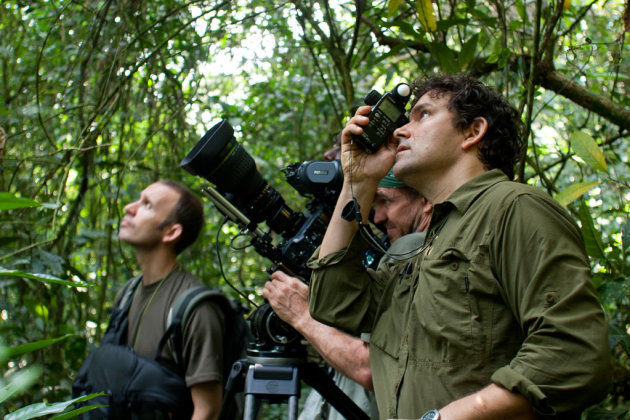
Workplace Hazards
The
crew filmed for more than three years in the remote Tai forest of the
Ivory Coast. To get to the isolated location, the filmmakers drove 10
hours on paved roads, 4 hours on dirt roads (that were nearly impassable
in the rainy season), then hiked for some 2 hours into the center of
the forest. Their camp was designed to allow wildlife to run through it,
which made for some unwelcome guests, including army ants, rhinoceros
vipers, whip scorpions, and swarming bees. "I've made wildlife films on
almost every animal on this planet, in almost every habitat on the
planet. By far the most challenging is working with chimpanzees in the
rainforest," says co-director Alastair Fothergill.
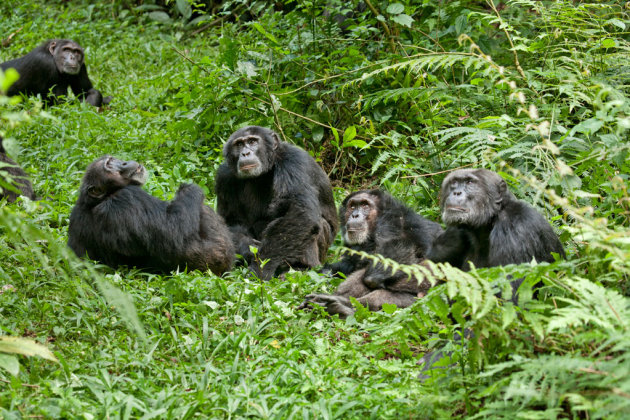
Speak No Evil
Chimpanzees communicate with one another
both verbally and nonverbally. Every chimpanzee community has its own
repertoire of intraparty calls. Some calls can be heard from as far away
as two miles. Each individual chimp within the community even has his
or her own distinct call, known as a pant hoot, so the other chimps
always know who is making the call. The pant hoot is but one of 32 calls
that chimpanzees use to "speak" to one another.

See 'Chimpanzee,' Save Chimpanzees
If
you see the film in theaters during its first week (April 20-26), a
portion of the proceeds will go to the Jane Goodall Institute's "See 'Chimpanzee,' Save Chimpanzees"
program, which preserves habitats, educates kids, and helps to look
after orphaned chimps. "By going to see the film, you are contributing
to helping chimp survival in the wild. It's unbelievable. It's really
fantastic," says Goodall, who is widely considered to be the world's
foremost chimpanzee expert. She's certainly the only chimpanzee expert
who has appeared in a Gary Larson "Far Side" cartoon.
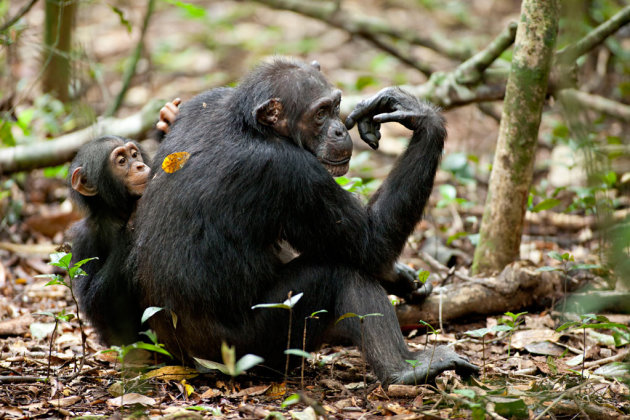
Once in a Lifetime
The
film was originally intended to be about a newborn chimp named Oscar,
and his mother, Isha, who would teach her son to become part of their
tight-knit chimpanzee community. Unfortunately, the film was nearly
derailed when a tragedy took Isha's life. But then, the story took a
rare turn that had never been filmed in the wild before. Goodall explains:
"The mother of Oscar was killed by a leopard, and [the filmmakers]
thought, 'The whole film is destroyed. What are we going to do?' Then
amazingly, the top-ranking male, who was a crusty kind of guy chimp,
adopted this baby." And then the story really gets interesting: Think "3
Men and a Baby" (1987) meets "Every Which Way but Loose" (1978).
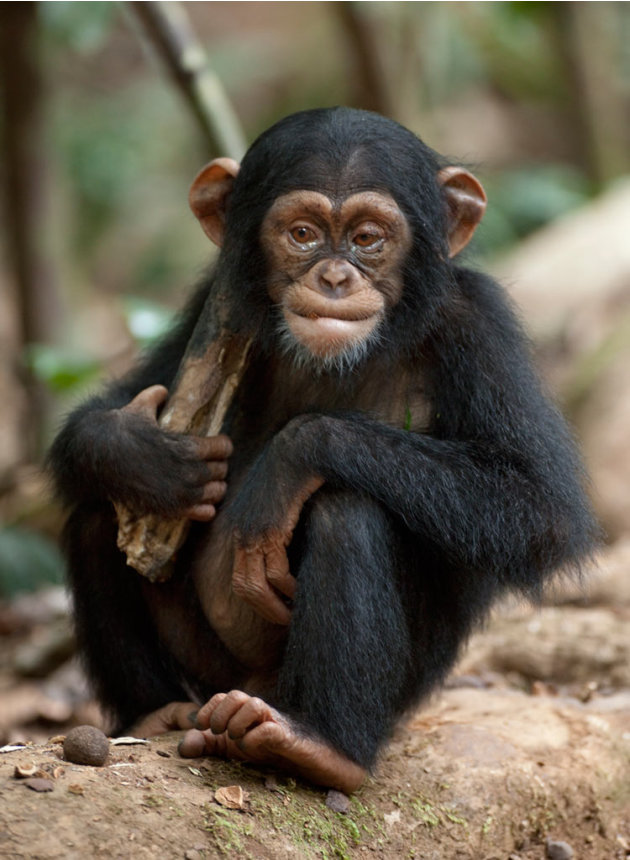
Handy Chimps
Chimpanzees are a whole lot like us, more so
than many people first thought. During her 45-year study of chimpanzees
in the Gombe Stream National Park in Tanzania, Goodall discovered that
chimpanzees use their surroundings to create tools, which was long
thought to be a line in the sand separating man from beast. This
phenomenon is shown in the film when Oscar learns how to use the
rainforest as his personal hardware store. To crack open coula nuts for
feeding, Oscar uses a wooden log, almost like a hammer. Like many
chimpanzee's survival skills, it is passed down through the generations
from mother to baby. The most skilled chimps eat upward of 270 nuts a
day. The least skilled smash their fingers a lot. No word yet on whether
this part of the film was "Tool Time" veteran Tim Allen's favorite part to narrate.
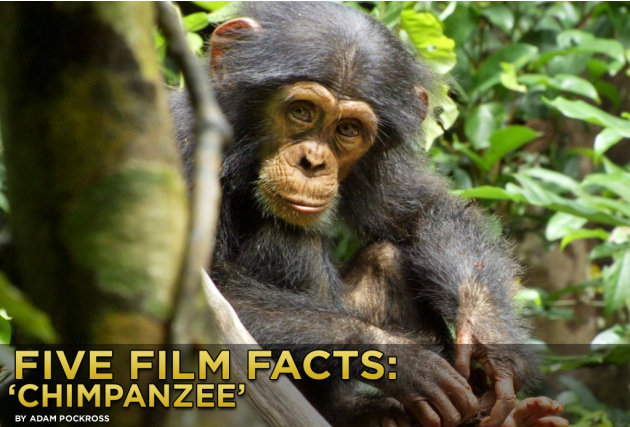



No comments:
Post a Comment